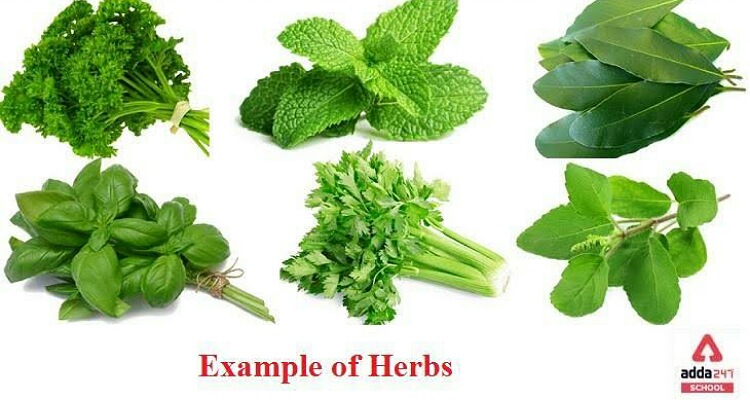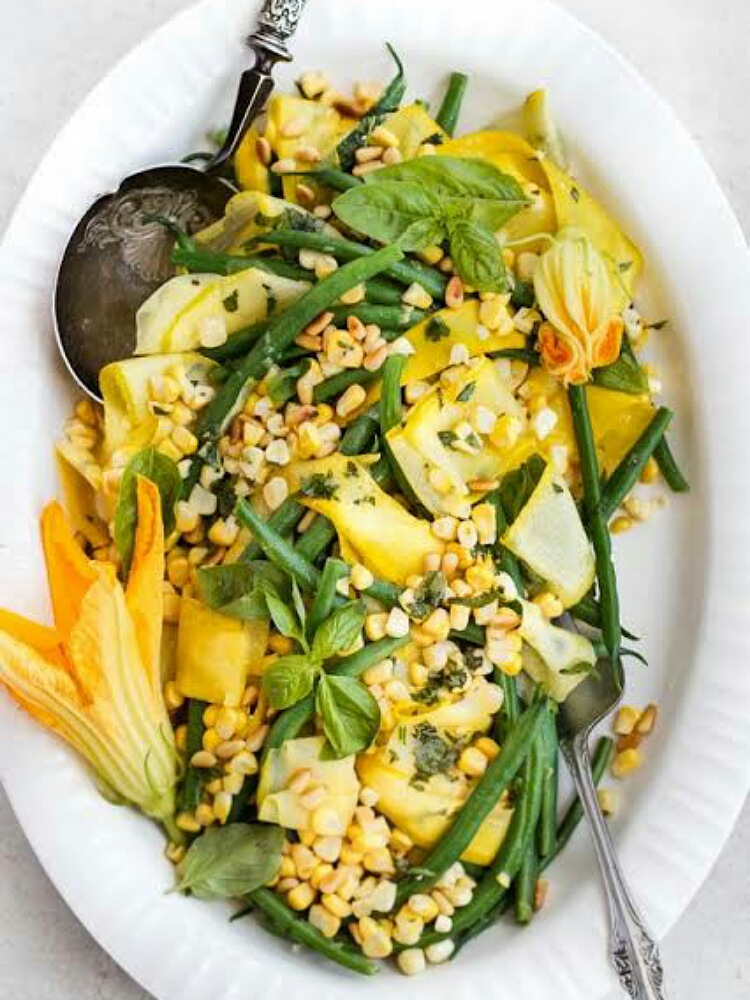Herbs are those tiny green leaves that we use on foods as a garnish. Though not considered as an essential, they do add flavor to the food. But they are also nutritious and should get their due respect in the food dish.
Herbs and types
Herbs are used in many cuisines of the world to give that touch of flavor to the foods. They are mostly put after the food dish is ready. One sprinkles it on top of the ready and served dish. It increases the appeal and adds pleasantness to it. The food becomes more tasty.

These include rosemary, basil, parsley, curry leaves, coriander leaves, thyme, and cilantro to name a few. But do you know that they are healthy and nutritious too? Often we overlook this aspect of the herbs. Roxana Ehsani, registered sports dietitian from Miami says:
“Both fresh or dried herbs are nutrient-dense leaves,”
She is also a national media spokesperson for the Academy of Nutrition and Dietetics. Roxana continues:
“They’re packed with flavor, and when added to dishes, can bring out new elements when paired with other foods.”
Nutrient value
Herbs can be consumed in fresh form or as dried leaves. In both forms, they are packed with nutrients and antioxidants. They are relatively cheap and easily available and grown. Talking about their nutrient benefits, Roxana elaborates:
“Some dried herbs, like basil, actually tend to be more concentrated in vitamins, minerals, and antioxidants than fresh,”

Further, another nutritionist, Lauren Ranley from Norfolk, Massachusetts explains:
“The specific compounds and nutrients found in herbs will vary, just like with fruits and vegetables,”
Their content of calories and macronutrients are low. But every leaf has lots of micronutrients. As per US FDA website, 2-tablespoon chopped serving of some of the most common fresh herbs has 1 calorie,16 mg of potassium, 22 µg of vitamin K, 166 µg beta carotene, and 299 µg lutein + zeaxanthin.
Rosemary provides 5 calories, with 23 mg potassium, 11 mg calcium, and 5 µg vitamin A in 2 tbsp of chopped serving. And in same amount of mint, it is 2 calories, 0.5 g carbohydrates,18 mg potassium, and 7 µg vitamin A. While in thyme it is
5 calories with 1 g carbohydrates, just 0.5 g of fiber,29 mg potassium, 11 µg vitamin A, and 137 µg beta carotene. In parsley, it is 3 calories,0.5 g carbohydrates, 42 mg potassium, 32 µg vitamin A, 125 µg vitamin K, 384 µg beta carotene as well as 422 µg lutein + zeaxanthin. In cilantro, there is < 1 calorie, 10 mg potassium, 27 µg vitamin A, 79 µg beta carotene, and 17 µg lutein + zeaxanthin.
Health benefits
Looking at the nutrients, it is clear that herbs have rich health benefits.
Reduce salt intake
These leaves can lower our intake of sodium. Jenna A. Werner, dietitian from Middletown, New Jersey opines:
“Often, when people try to reduce salt in their diet, they think they will be left with flavorless food. But when you add herbs, you can increase flavor and nutrition at the same time, and you likely won’t even realize the salt is missing,”
She adds:
“This swap is so good for your heart health.”
Anti-inflammation

These have antioxidant and anti-inflammatory properties due to the vitamins, alkaloids, phenolic acids, flavonoids, and polyphenols in them. These repair cells and reduce post exercise inflammation and soreness. Roxana says:
“As runners undergo hard bouts of training there may be a buildup of inflammation in the body that could get lowered by incorporating more herbs, either fresh or dried, into their diet.”
Chronic diseases prevention
They also lessen chronic inflammation and potentially decrease the risk of type 2 diabetes, heart ailment, some autoimmune diseases, arthritis, and more.
Antibacterial and antiviral
Their essential oils have antibacterial and antiviral actions. Human studies are still lacking but oregano arrests bacterial growth. Roxana says:
“Oregano also has antiviral properties,”
Bone health
Fresh parsley has vitamin A, vitamin C, and potassium, and also vitamin K. Roxana has this to say on it:
“Vitamin K is an important nutrient that helps support both bone and heart health—two vital factors to help keep runners healthy and strong throughout the lifespan,”
Lowers blood pressure
All herbs contain potassium that decreases blood pressure. Risk of hypertension and heart diseases is less.
It aids digestion. Roxana says mint is good in it:
“Often runners complain of poor appetite or slight nausea postrace or after hard training runs, and [they] may need something to calm down their queasy stomachs. Mint can help ease an upset stomach, as it works to relax the stomach, reduce nausea, and calm bloating,”
“Use it to brew fresh tea or add it to your post-workout smoothie.”
Read more: How to make Mushroom Rice? (Packed with Buttery Herbs)
One can also add fresh or dried mint to plain Greek yogurt and make savory dip or dressing.